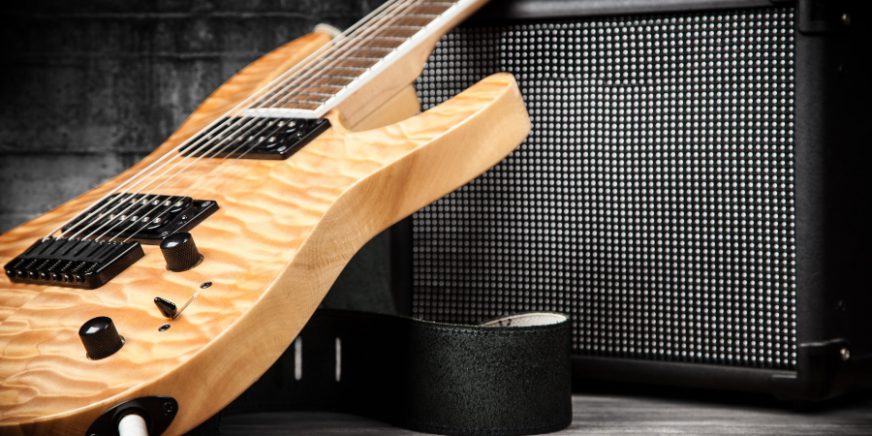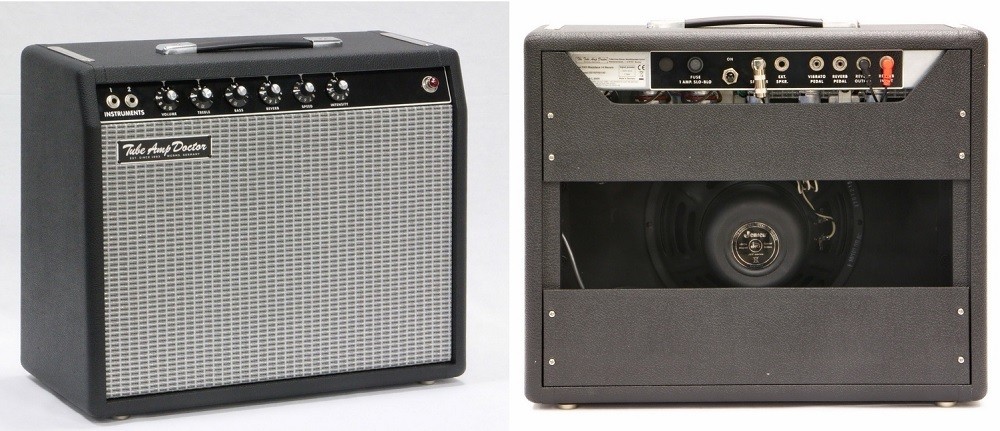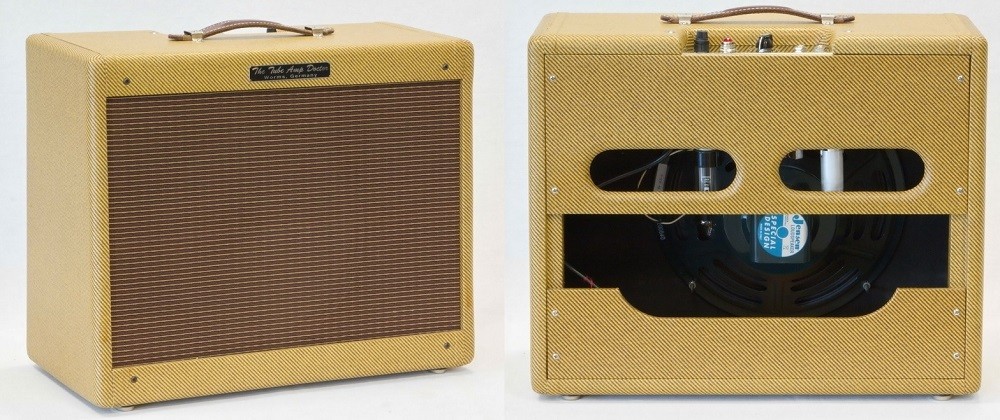Special sound from hand-made small series »
Is off-the-shelf tube sound just not enough? Thinking outside of the box of Marshall, Fender and co. opens up completely new perspectives. The world of boutique amps is waiting. But what actually are boutique tube amps? How are these collectors’ items built? Which manufacturers offer boutique amps and what makes these tube amps so special? We want to shed a lot of light on this topic and invite you on a trip full of exclusive tube amplifiers and their technology!
What is a boutique amp?
You can often read about the so-called “boutique amplifier” on the relevant forums and in the specialist press. In the basic understanding, boutique amps are guitar amplifiers which have been adapted to individual preferences, originally by the users themselves, and later in specialised workshops. To this day, these amps are often produced in small but very popular workshops such as those of Dave Friedman or Michael J. Soldano. In order to understand what lies behind the term “boutique amp”, we need to travel back in time a few steps. In the sunny California of the 1960s, like everywhere else, Fender Princeton had an excellent reputation among musicians. But some avant-garde guitarists weren’t satisfied with the mass-produced guitar amplifiers and tried to get every last bit of gain and volume out of their amps through technical variations.
In order to finally create “the” sound for guitarists who were looking for it, the then very young amplifier manufacturer Mesa Boogie developed amps which were technically and tonally oriented towards “hot rodded” Fender amplifiers. The “Mark” series, now also legendary, was born. The Californians’ guitar amps struck a chord with the guitar world, and from that point on they became prevalent as boutique amps against the mass-produced products – not least thanks to the personal commitment of a young, aspiring guitarist, who was soon to become one of the greatest on the scene – Carlos Santana.

Boutique amps today
A lot has happened since the 1960s and Mesa Boogie’s rise to become an amp giant. However, amplifiers which are characterised by careful, manual construction, special circuit details and individual sounds are still offered under the name “boutique”. The design in single production allows the use of much higher-quality components and, of course, drives up the price in addition to the material and labour requirements – this also seems to be a hallmark of the tube amplifiers from the boutique scene. In addition to all sorts of small, artisanal companies, the big players in the industry also offer special small series of their handmade guitar amplifiers – hand-wired and selected, assembled by experienced engineers. Well-known representatives of the boutique construction method are Soldano, Friedman, Bogner, Realtone, Koch, Diezel, but the high-quality amps from the Tube Amp Doctor are also built by hand!
Why buy handmade?
Handmade guitar amplifiers from small production have been enjoying special popularity for a long time. But why do many guitarists consider that there is no alternative to the smallest series and individual pieces? After all, the prices of these tube amplifiers are higher than those of the well-known and reliable series amplifiers. We’ll consider the three main points which play a role when buying a hand-made amplifier: sound, quality and, of course, emotions.
Sound
Guitarists, like all musicians, are very keen to experiment: the search for the perfect sound has been with us all from the very first day and, let’s be honest here, will probably never end. Fortunately, anything else would just be boring! In search of new facets to the sound of our own six strings, we pass through a whole world full of equipment, effects devices, guitars and of course: tube amps, preferably handmade!
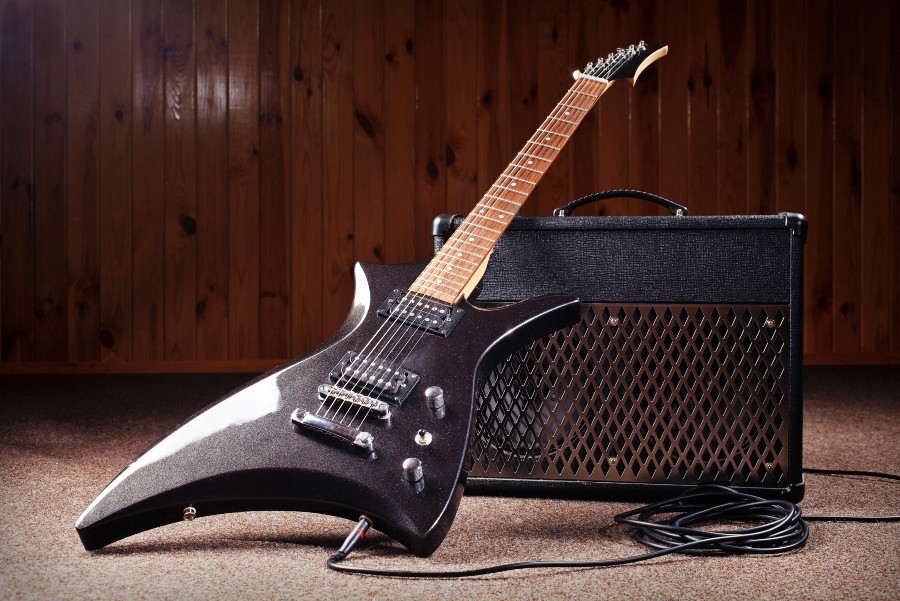
As we already mentioned in the short introduction to this topic, tube amplifiers from small series or individual production can help to define and change your own sound – and all in a very individual way. The sound can be personalised further with the appropriate brand tubes from Tube Amp Doctor. We could argue that it was with Mesa Boogie that Santana first achieved what would make him immortal years later: his unmistakable sound. But the change to an individual sound is a good one not only for exceptional guitarists: in a world where hundreds of thousands of serial amps are produced every year, a really unique, individual sound is something special which helps to keep the world of music colourful!
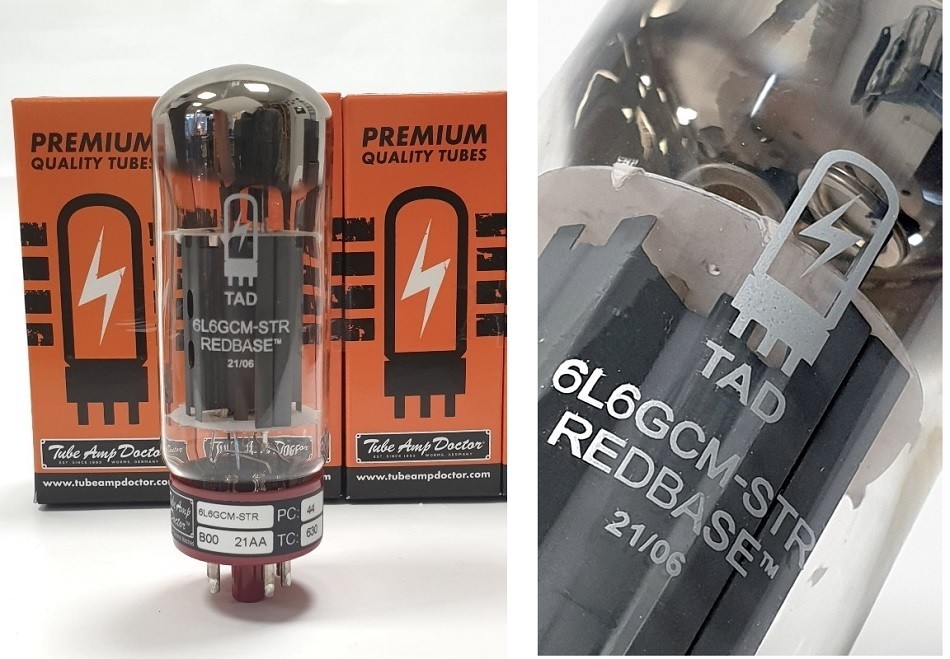
Quality
Handmade amplifiers differ from their mass-produced counterparts not only through a finer sound, but in the vast majority of cases also because they rely on high-quality amplifier components. Especially in the field of tube technology, high-quality, non-mechanically-processable components are used, which differ significantly from mass-produced goods. Please don’t misunderstand this paragraph, because it shouldn’t be taken as a criticism of serial production. It’s great that these days, you can get a good, solid amp for a low price. Because this gives many thousands of – mostly young – guitarists an introduction to the wonderful world of music.
But from an economic point of view, the use of cheaper, machine-processed parts is inevitable – and it’s here that tube amplifiers from small craft businesses differ significantly from mass-produced goods. Do the components used also justify the corresponding surcharge? Every guitarist has to answer this question themselves, especially when it comes to our final point:
Emotions
Let’s be honest, there’s not much that can be explained rationally about hobby (or professional) music. This is the case with instruments (do you REALLY need more than four guitars?), accessories and also amplifiers. It’s not for nothing that the need to acquire new technology is referred to as GAS (“gear acquisition syndrome”): the desire to try new things, to experiment and to let them affect you satisfies a core area of every musician. It releases creativity, gives us the necessary motivation to continue practicing, rehearsing and writing. And of course it’s a great feeling to own a “special” piece of equipment.

This is no different with boutique amps – the amps give off a certain exclusivity, are unique and individual. Who doesn’t like to hit an extra sound or two? The emotional need to expand yourself musically is served in a very special way by amps from small series or single production – another good reason to dig into your wallet for one of these amps! Owners of boutique amps are enthusiasts – and these amps were developed precisely for them!
Technical changes to the amp – also for handmade amplifiers?
Even the most expensive tube amplifier from single production will sooner or later need a new tube set, electrolytic capacitor or other components. Unlike with mass-produced amps, it’s now sometimes more difficult for the technically-minded amateur to identify the right, suitable spare parts. The main difficulties are the lack of construction and wiring diagrams, idiosyncratic wiring and exclusive components. By selecting special parts, the developers of boutique-style amplifiers set an example in the field of sound and design – a replacement can sometimes be difficult to obtain. With over 650,000 components, TAD is a reliable point of contact – even for the more unusual requests in the field of tube technology!
Warranty, loss of value, etc.
The purchase of an amplifier from single production is an investment in high-quality equipment, which is definitely worth it. With each riff, the purchase pays off in the form of the inimitable and unique sound. But also in terms of durability and reliability, you can usually expect more from custom-made amps. In principle, however, you should keep in mind that in the event of an acute defect, not every repair can be carried out yourself. In particular, soldering work inside the boutique amplifier can quickly become a major project.
That’s why it’s often a better solution to get in touch with the manufacturer in these cases. However, it’s not only the complexity of the repairs which often make it advisable to go to a specialist: you can also risk a possible loss of warranty if you work on it yourself. However, most manufacturers prove to be much more accommodating in this respect when it comes to boutique amplifiers from their own production.
___________________________________________________________________________________________________________________________
Image sources:
Title Image: © George Dolgikh – stock.adobe.com
Carlos Sanatana 1973 in Hamburg: © https://creativecommons.org/licenses/by-sa/2.0/
Guitar leans against an amplifier: © serkucher – stock.adobe.com
E-Gitarrist plays: © jehafo – stock.adobe.com
 Tubeampdoctor Magazin
Tubeampdoctor Magazin
